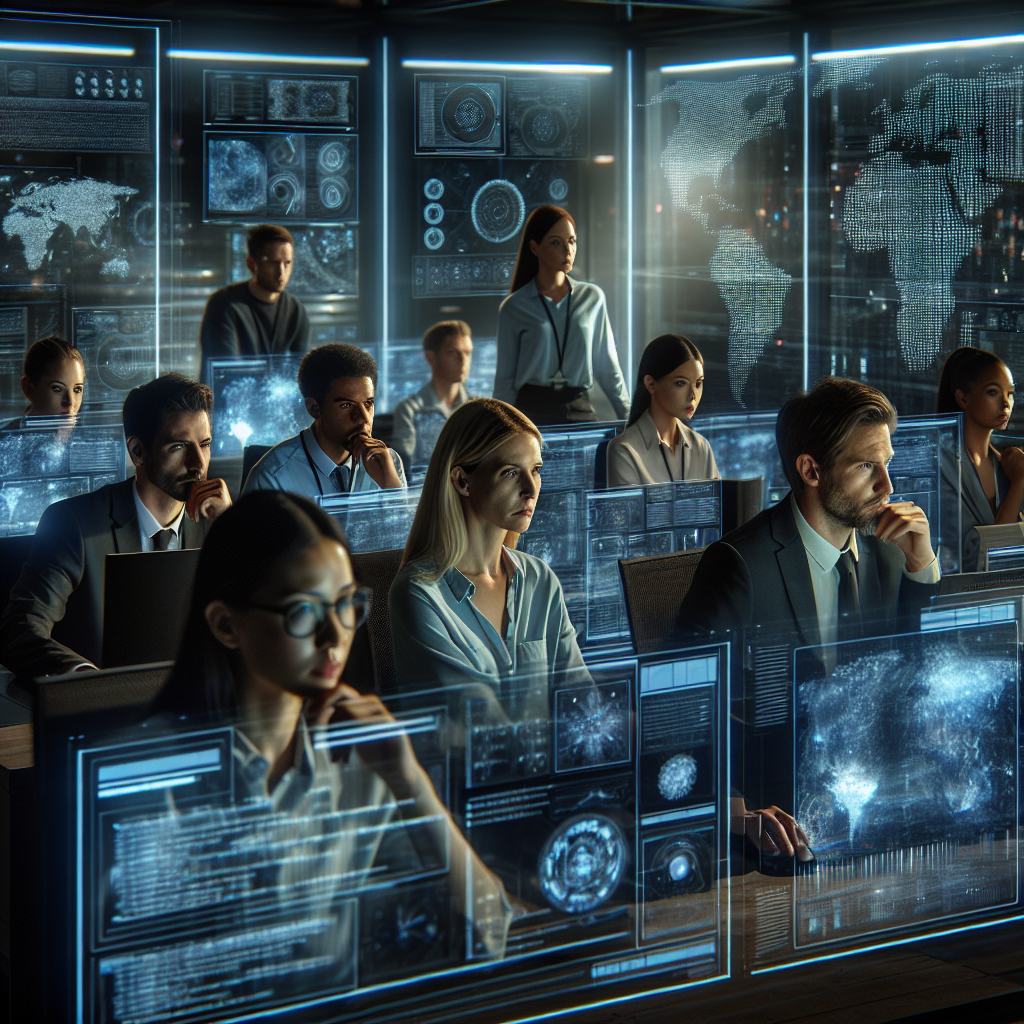Unraveling the Cyber Arms Race: How AI Battles Election Interference
In the digital age, the stakes in securing the integrity of our electoral processes have never been higher. As nation-states deploy ever more sophisticated technologies to interfere in elections, the battle to safeguard democratic institutions evolves rapidly. It's an arms race where offensive capabilities are met with novel defenses, and the cycle of adaptation is relentless.
The Dynamics of Cyber Warfare in Elections
Elections are foundational to democratic governance, and their security is paramount for the legitimacy of elected officials and the policies they enact. However, as technology has permeated every aspect of our lives, so too have the avenues for disrupting electoral integrity. Nation-states with strategic interests in the outcomes of foreign elections use cutting-edge technology not just to influence public opinion but to tamper with the mechanics of voting and vote counting.
This digital confrontation is not merely about deploying a single technique or tool; it's an ongoing battle of wits and resources. Adversaries adapt quickly, learning from each defensive measure to modify their strategies. This cyclical nature of attack and defense in cyber warfare necessitates a perpetual escalation in defensive technologies.
The Role of AI in Cyber Defense
Artificial Intelligence (AI) stands at the forefront of this cyber arms race. The capability of AI systems to analyze vast amounts of data and recognize patterns makes them invaluable in identifying and neutralizing threats. However, the evolution of AI is a double-edged sword. Just as defensive AI grows more sophisticated, so too does the AI deployed by adversaries.
The progression from models like Llama 4 to potentially Llama 5 and 6 exemplifies this rapid development. Each iteration brings about new capabilities and, consequently, new challenges in ensuring these powerful tools do not fall into the wrong hands or are not used in harmful ways.
The Open Source Debate
One strategic approach in the development of AI technologies is the use of open-source models. By making AI systems open source, developers can leverage the global community's expertise to find vulnerabilities and strengthen the system's security. This communal development model speeds up the iterative process of enhancing AI, making it robust against evolving threats.
Nevertheless, the decision to make advanced AI models open source is nuanced. It involves balancing the benefit of widespread input against the risk of exposing potent tools to potential misuse. The continuous assessment of observed behaviors in these AI models informs whether they remain proprietary or are released into the open domain.
For further insights on the impact and management of AI technologies in public domains, resources like OpenAI’s research publications provide extensive information.
Monitoring Current Threats
While future developments in AI and their implications are crucial, the immediate focus remains on the present threats. Cybersecurity efforts are not necessarily about preventing an existential catastrophe but handling significant "day-to-day" harms. These include data breaches, misinformation campaigns, and direct attacks on infrastructure, which can undermine public trust and the effective administration of services.
The vigilant monitoring and rapid response to these threats are as crucial as the development of future technologies. It involves not only deploying cutting-edge AI solutions but also ensuring comprehensive cybersecurity practices across all levels of digital infrastructure.
Looking Ahead: Optimism in the Face of Adversity
Despite the daunting challenges posed by state-sponsored cyber activities, there is a strong undercurrent of optimism among cybersecurity experts. The belief that defensive capabilities can and will continue to outpace offensive threats underscores a commitment to safeguarding democratic processes.
As AI technologies evolve, so do strategies for their deployment in defending against cyber threats. With active monitoring, ongoing research, and international collaboration, there is hope that cybersecurity efforts will stay ahead in this high-stakes arms race.
In conclusion, the intersection of AI and cybersecurity in the context of electoral integrity is a complex but fascinating field. It’s a dynamic battleground where innovation and vigilance are paramount. As we continue to navigate these turbulent waters, the resilience and ingenuity of cybersecurity professionals worldwide will play a pivotal role in shaping the future of democratic governance against the backdrop of digital threats.
Related News
- America's AI Race: The Battle for Technological Supremacy
- The AI Race: A Zesty Dive into Geopolitical Implications and Technological Advancements
- Balancing the Scales: The Future of AI and Open Source Paradigms
- The Dynamic Landscape of AI: Drama, Innovations, and Speculations
- Navigating the Precipice: AI, Decentralization, and the Future of Global Stability
